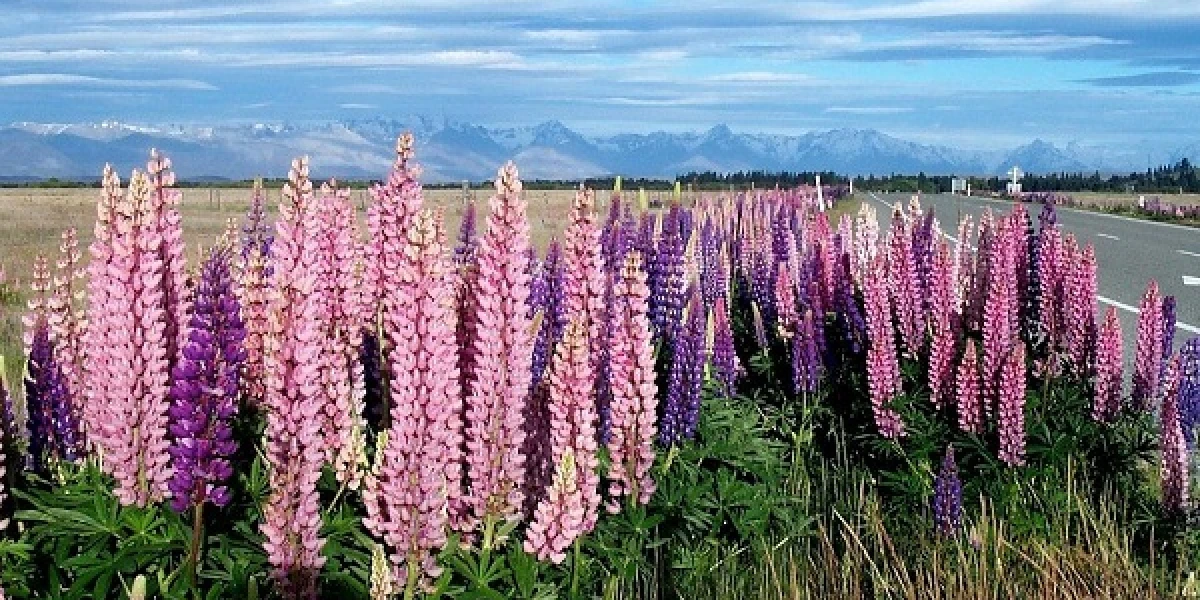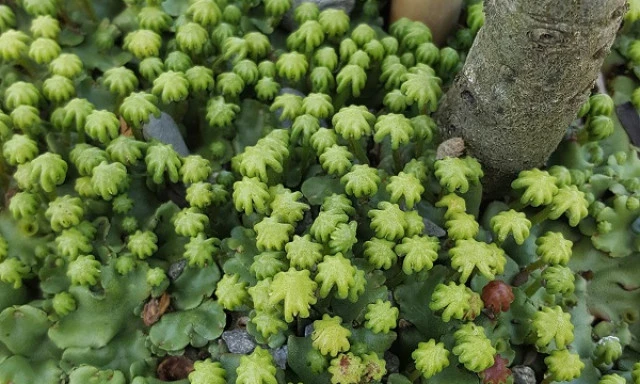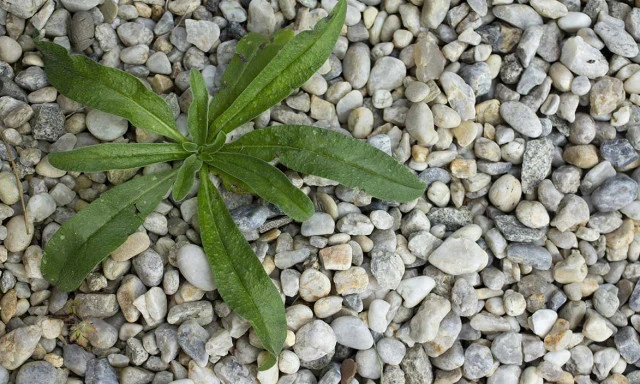Environmental Weeds
Weeds are plants growing in the ‘wrong’ place. For garden weeds, this may be a dandelion in the lawn or path. But in New Zealand, many weeds cause environmental damage. They may have started off being planted in gardens as ornamentals, and only became a problem when they ‘escaped’ into the wild where they are not wanted. A beautiful plant in one setting can cause harm in another.
Invasive weeds are ones that damage New Zealand’s native ecosystems, threatening the survival of our native plants and animals; 75% of invasive weeds are garden plants that have ‘escaped’ and started growing where they are not wanted. Such weeds adversely affect 1/3 of New Zealand’s threatened plant species.
Currently, New Zealand has around 300 significant invasive weed species, and this number is growing steadily; each year, about 15 cultivated plants ‘escape’ into natural areas, with around two of these becoming serious pests.
You can help in the fight against invasive weeds by learning what plants in your garden could ‘escape’ into the wild and cause harm, learning to identify invasive weeds, controlling weeds before they become established and replacing potential invasive weeds in your garden with suitable native alternatives.
See the Dirty Dozen in New Zealand's War on Weeds
Recognise Invasive Weeds
Weeds come in a variety of shapes and sizes. They can be groundcovers, small flowering plants, clambering and climbing vines or even large trees. They can look attractive or ugly; they can smell pleasant or stink.
Weeds can be recognised by how they affect our natural areas:
- Some weeds cause a collapse of trees, altering the forest structure
- Some weeds form a blanket on the ground, preventing the growth of natives
- Some weeds replace the native plants that usually form the understorey of the forest
- E.g. Darwin’s barberry
- Some weeds alter the soil, which in turn affects the types of native plants and animals that can survive in that area
- E.g. Wilding conifers, Lantana
- Some weeds burn easily and are the first to invade an area after the fire has been through it
- E.g. Gorse, Boneseed, Pampas grass
- Some weeds germinate and grow fast before native plants can establish
- E.g. Buddleia, Pampas grass
- Some weeds change landscapes dramatically, for example, from native tussock grassland to pine forest
- E.g. Wilding conifers
- Some weeds form a floating mass in or on top of rivers, streams and lakes, killing plants and fish, and blocking waterways and water intakes
- E.g. Hornwort, Alligator weed
There are some other resources that will help you identify weeds if you don’t find them here on the Kiwicare Problem Solver. Take a specimen (including the stem and leaves, and if possible flowers or fruit) a plastic bag to your Dept. of Conservation (DOC) office or regional council. Be careful when taking plant samples not to damage the plant itself. There may also be local experts in your community who can help you identify weeds that are a problem in your area. Note: some native plants can be mistaken for weeds.
Prevention
The best way to stop weeds is to prevent them from establishing in the first place. Be careful about what you do with your garden waste. By dumping garden rubbish in the wrong place, you may encourage new weed infestations. Destroy garden waste by composting completely, disposal in council green waste or, where permitted, burning.
If you see any suspicious-looking plants in natural areas note the precise location of the plants and tell your local DOC or regional council.
Control
Controlling invasive weeds will protect the environment and help prevent further spreading of weeds.
Before you start any weed control work there are some important things you need to think about:
- Get permission - If the weeds are not on your property, get permission from the owner before you do any work.
- Get advice – Identify the weeds and plan what you want to plant in their place if that is appropriate. Use the Kiwicare Problem Solver to find out what control method works on the weeds you want to tackle. Plan your control and disposal methods before you start to avoid any unnecessary movement of plants that could spread seeds or fragments that could grow.
- Large areas - Start small and work in sections. This makes the task seem more manageable.
- Work from the outside in - Tackle outlying weed patches first to slow the rate of weed spread before starting on the worst areas. Where possible, kill weeds before they fruit or seed, to stop a new generation of weeds growing in the area.
- Replacement planting - By replacing weeds with natives or non-weedy plants you avoid creating large cleared areas that can allow new different weeds establishing.
Using Weed Weapon and Other Weed Killers
Often it is difficult to physically remove weeds (E.g. if they are covering a large area, or if they are weeds that grow back from cut stumps). In such cases, herbicides are likely to be the best method of control.
Before Using Weed Killers
- Select the herbicide to use on the weeds, and the best time of the year to apply this herbicide. Weeds usually absorb herbicides best during active growth and before flowering or fruiting.
- Consider what damage could be done to desirable plants and how to protect them.
- Read the label before you start and follow instructions regarding mixing and application. Kiwicare products optimised to work best at the directed dilution and application rates.
- Apply the herbicide correctly and safely. When appropriate, add Kiwicare Dye & Stick to improve the effectiveness of the spray.
- Wait for fine, calm weather before spraying; a light breeze blowing away from desirable vegetation and neighbouring properties can help you control the direction of any spray drift.
Don’t Replace One Problem with Another
Because weeds are early colonisers, moving into new areas quickly, removing one lot of weeds may provide good conditions for other weeds to grow. To stop this, you should plan what plants to plant in place of the weeds, or other options, so that new weeds have nowhere to grow.
Consider:
- Mulching the area and planting fast-growing natives.
- Providing shelter to help existing native seedlings to grow.
- Revisiting the site frequently to control any new weeds that appear.
Join a Local Community Group
Get involved in local weed control and environmental groups such as Weedbusters. Contact your local DOC office or regional council for information on groups in your area and visit www.weedbusters.org.nz for information about Weedbusters.
David Brittain
Kiwicare


